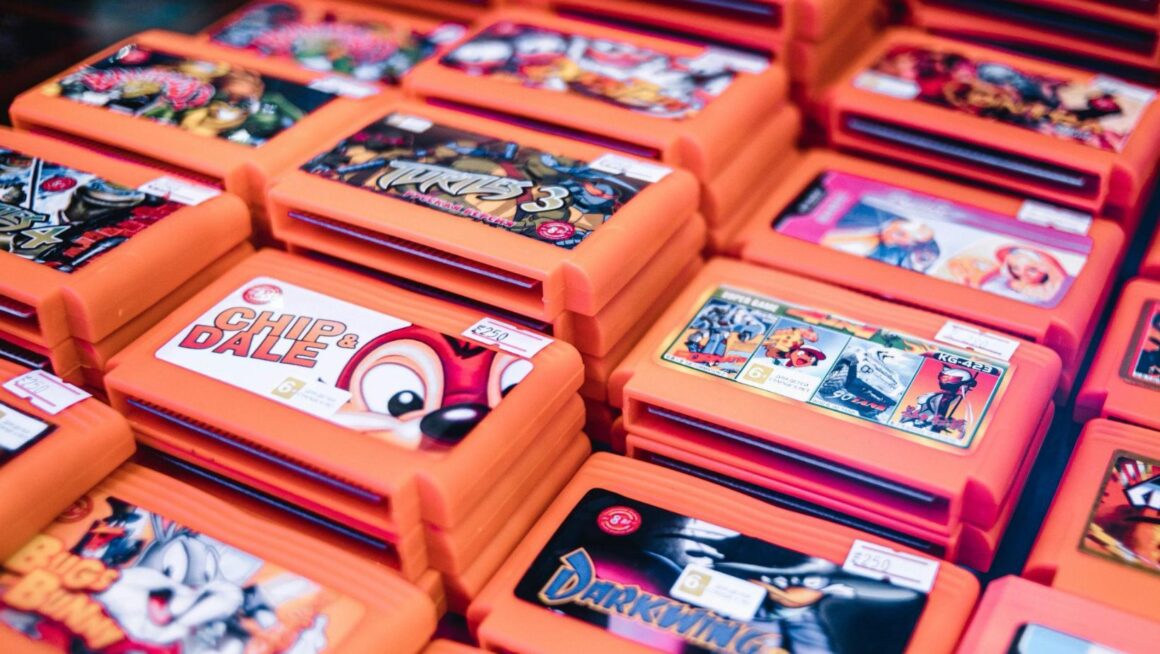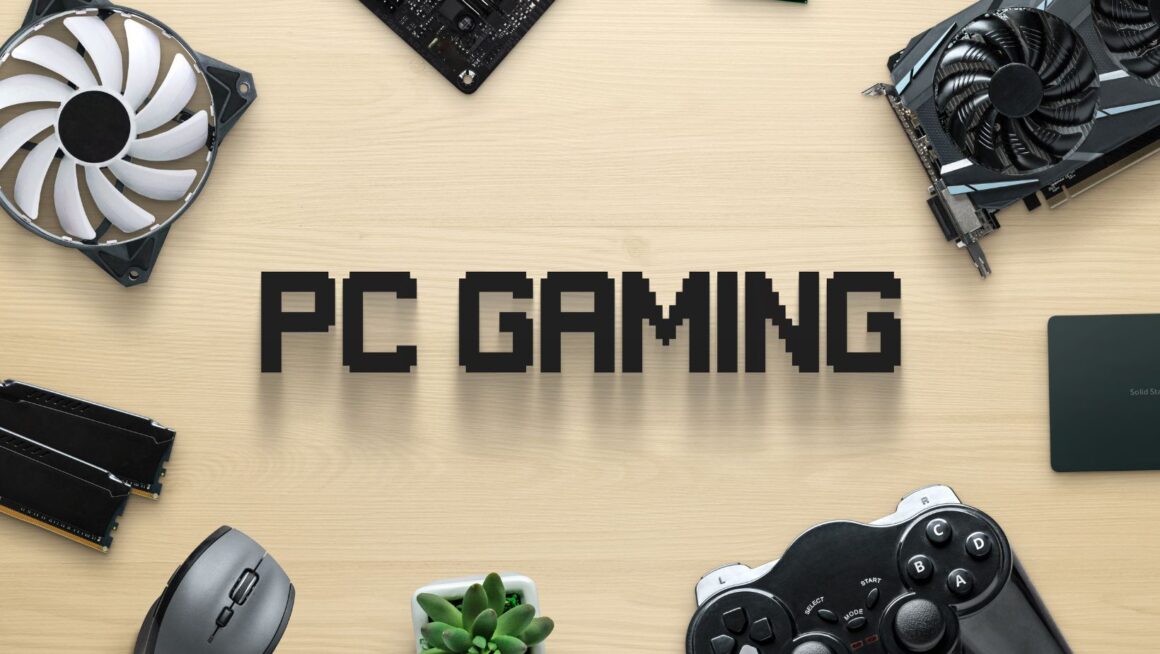Collecting retro games has become a popular hobby for many enthusiasts. Whether it’s for nostalgia or discovering a classic title for the first time, the thrill of owning an old favorite is undeniable. However, buying vintage video games can come with its own set of challenges. From overpaying to getting a low-quality product, there are several pitfalls to watch out for. Here are some of the most common mistakes you should avoid when purchasing retro games.
Not Researching the Market Value
One of the biggest mistakes people make when buying old games is not understanding the market value of what they’re purchasing. Prices can vary greatly depending on factors such as the game’s rarity, condition, and demand. Without adequate research, it’s easy to overpay for a game that may not be as valuable as the seller claims. Always compare prices across various platforms and check completed sales on auction sites. Doing so will give you a better sense of the current market value, helping you avoid unnecessary overspending.
Additionally, some games may be listed at inflated prices just because they’re “retro.” Just because a game is old doesn’t always mean it’s valuable. Keep this in mind and ensure you’re paying a fair price by doing your homework beforehand.
Ignoring the Condition of the Game and Packaging
The condition of both the game and its packaging can drastically affect its value. For collectors, the game’s box, manual, and overall physical condition are just as important as the gameplay itself. Yet, many buyers overlook these aspects, assuming the game will be in good shape when they receive it. Always ask for detailed photos and descriptions, especially if you’re buying from an individual seller. Scratches, dents, or missing pieces can significantly reduce the value of the game.

If you’re buying a cartridge-based game, make sure the label is intact, and the game itself is free of damage. Similarly, for disc-based games, check for scratches or other signs of wear that could affect playability. If you’re purchasing the game for collection purposes, the state of the packaging can be crucial. Mint-condition games will always command higher prices, but they should also be stored and preserved carefully to maintain their value.
Failing to Verify Game Authenticity
As the demand for retro games grows, so does the presence of counterfeit or reproduction copies in the market. Failing to verify a game’s authenticity before purchasing is a mistake many newcomers make. Counterfeit games can look nearly identical to their original counterparts, but their quality and long-term value are considerably lower. Always take the time to investigate whether the seller is offering a genuine product. If a deal seems too good to be true, it probably is.
Look for reputable sellers or consult online guides that can help you identify telltale signs of a fake. Some online websites where you can buy retro games offer buyer protection, which can be a safeguard against counterfeits. However, even with these safeguards in place, it’s important to be vigilant and thoroughly vet each purchase.
Not Considering Region Locking
Another common mistake is not checking if a game is region-locked. Older gaming consoles and their respective games were often released in different regions with varying formats. For example, games in North America operate under the NTSC format, while games in Europe typically follow the PAL format. These regional differences can affect whether or not a game will work on your system. Make sure the game you’re purchasing is compatible with the console you own.
Many retro collectors buy consoles and games from other regions, but this requires understanding how region locking works. You may need to modify your system or purchase a converter, both of which can be additional costs and hassle. Avoid this mistake by double-checking compatibility before finalizing your purchase.
Overlooking Shipping and Handling Costs
Shipping costs are often overlooked when buying retro games, especially from international sellers. Depending on the size, weight, and destination of your purchase, shipping fees can significantly add to the overall cost. This is especially true for collectors who seek rare games from sellers in different countries. Be sure to factor in shipping and handling expenses before committing to a purchase.
In addition, packaging for older, fragile items like video game cartridges or boxes is crucial. Sellers who don’t take care in packing your item may cause it to arrive damaged, which can lower its value. Request that the seller properly packages your game and be cautious of anyone who skimps on protective materials.
Relying Solely on Online Listings
While online platforms offer convenience and a wide variety of retro games, relying solely on these listings can sometimes lead to less-than-ideal purchases. There’s a difference between seeing an item in person and viewing a few photos online. If possible, attend gaming conventions, retro game shops, or flea markets where you can inspect the product firsthand before buying.

Shopping in person allows you to see the game’s actual condition, test it if necessary, and potentially negotiate a better price. If you’re serious about collecting retro games, expanding your search to physical locations can help you make more informed decisions.
Retro game collecting can be a rewarding experience, but it requires careful consideration and diligence. By avoiding these common mistakes, you can build a solid collection and enjoy the nostalgia of classic gaming without unnecessary frustration.



